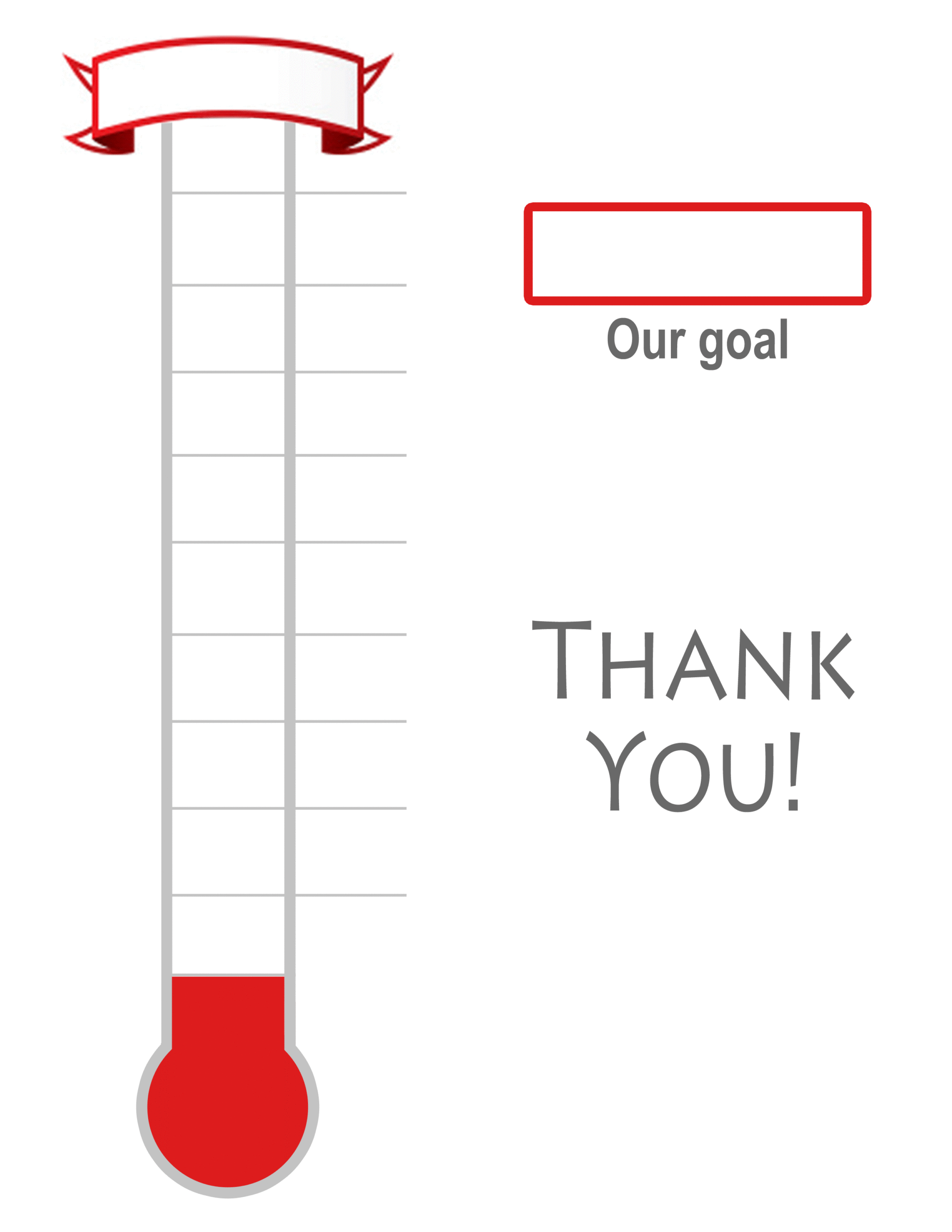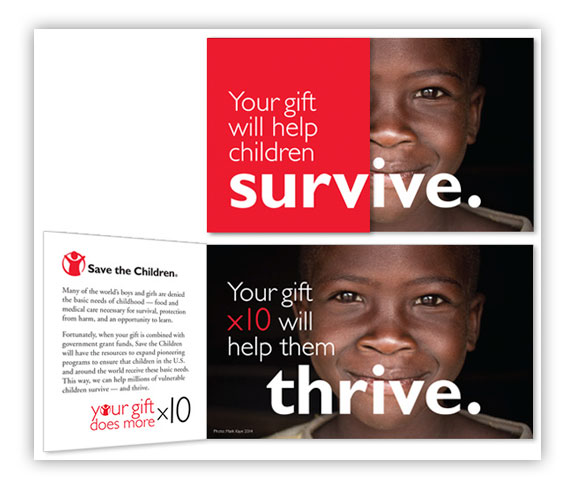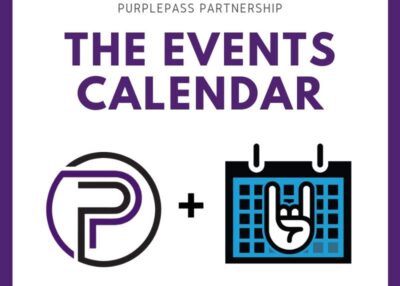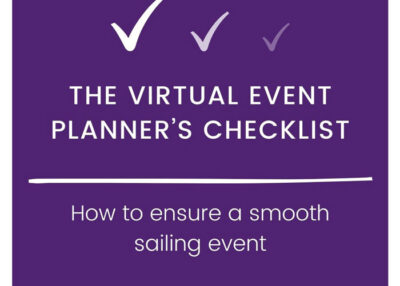How Nonprofits Can Create A Dominating Social Media Donor Drive
As a nonprofit, everyone thinks spreading your mission is your primary aim. And they’re right… sort of. Here’s the problem — your employees aren’t going to pay themselves. You need cash. And that cash typically comes from one place — donations. If nonprofits were 5-year-olds, donations would be cookies. They’re the beautiful, wonderful thing that keeps you up at night and powers you through the day.
But, with 1.5 million other nonprofits reaching for the cookie jar, it's tough to find willing donors. That’s ok! You’ve got a trick up your sleeve, right? You have social media. But how do you leverage social media to create amazing donor campaigns?
Buckle up. We’re about to show you the ins and outs of social media campaigns that we’ve learned over the years as the undisputed ticket kings for nonprofit organizations.
The Anatomy of a Nonprofit Social Media Donor Drive
Every successful social media donor drive has these six elements.
1. An Integrated Thermometer
 Before you type up those thought-provoking tweets, take a minute to set up your fundraising thermometer.
Before you type up those thought-provoking tweets, take a minute to set up your fundraising thermometer.
Donators love to see how close you are to your goal and how many other people are donating. You can use tools like GoFundMe, Fundly, Snowball to instantly integrate a thermometer into your campaign. Plus, each of those platforms also act as another source of donations. That’s a win-win.
Try to use a thermometer that uses profile pictures. Donors are 35% more likely to give when they can see that another person donated. After all, you know what they call a donor with no face, no nose, and no torso? Nobody knows!
2. A Campaign Blueprint
Let’s be brutally honest — creating plans isn’t always the most fun part of creating social media campaigns. But, if you want to reach out to the world, you have to plan-et. We recommend a bare minimum of the sections below. But, you can definitely go above-and-beyond and plan every little detail. It depends on your needs.
- Title: What’s the name of your fundraising drive? Simple enough.
- Mission/Goal: This is less about what your goal is then it is about how to articulate it in a way that drives donations. 93% of nonprofit marketers use social media. You have competition. Try to keep it short and sweet, but still leverage as much emotion as possible.
- Platforms: Where are you going to run campaigns? We recommend cross-promoting your campaign to ALL of your platforms (more on this in a sec).
- Hashtag Research: Believe it or not, hashtag research is HUGE for social campaigns. You should DEFINITELY include #GivingTuesday on your posts on Tuesday. Facebook redirects almost 30% of page traffic to nonprofit donation pages on those days!
- Duration: How long are you planning on running your campaign? Putting a time limit on your thermometer helps raise funds, but it can cause frictions for the end-of-the-month. If it doesn’t seem likely that you’ll reach your goal, people may stop giving.
-
Content Strategy: What kind of content are you going to be putting out? 57% of people who watch nonprofit videos will donate. Also, how often are you putting out content? The average nonprofit creates 1.2 Facebook posts a day and over 3 Twitter posts.
3. Cross-Promotion
Which social media platform should you choose?
You should use Facebook, right? 68% of Americans are on it, and 18% of ALL global donations happen through Facebook. Wait no! You should use Twitter. People send over 500 million tweets every day, and over 50% of people who engage with your nonprofit on Twitter will take action. No... wait. It should definitely be Instagram. It has over 1 billion active users, and 26% of them make over $75,000 a year.
Stop.
You should use ALL of the above. Cross-post your campaign to ALL of your social media accounts. Does that sound like a pain? Use a social media management tool!
4. A Social Media Management Tool
Social media management tools can help you manage your content, your campaign timelines, post across all of your accounts, and more. We have no bias here, and we’re not going to recommend any names straight up. But, we’ll drop in a Forbes Council post (which is vendor-neutral) that has a list of 15 tools.
5. Personalization
Every platform is a little different. Facebook users may not like the same type of content as Twitter users. And Facebook users may not participate in the same kind of movements as Instagram users. You should dive deep into relevant statistics (there are far too many to list here) to figure out what kind of content people like across each platform.
6. A Story
Messages delivered as stories are 22x more memorable than facts. And 55% of people say the story is what holds their attention during presentations. Create your campaigns using grounded examples and amazing stories. It will make a world of difference — we promise.

For nonprofit advice and event tips, you can subscribe to our weekly newsletter below!









